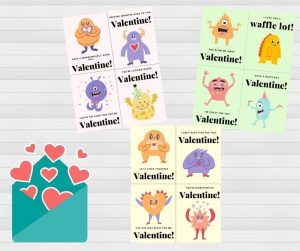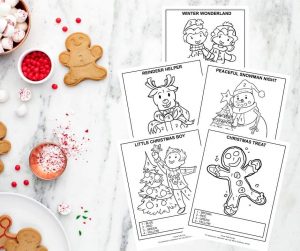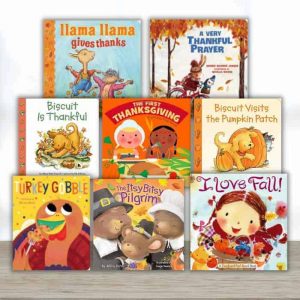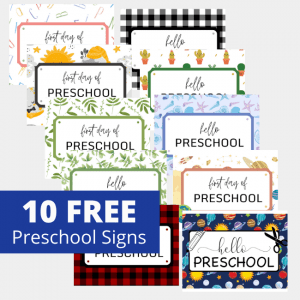“My name is sloppy spaghetti!”
When my child was first starting to learn how to write their name, there were all sorts of squiggles and wiggles on the paper.
I wrote their first name at the top of a piece of paper and said, “just write each letter below me.”
This was the Stone Age days – we don’t do that in this house anymore.
Thank goodness there’s a fun way to encourage your young children to practice their name writing that makes name-writing proficiency feel like a game rather than a chore.

15 Free Preschool Name Writing Editable Templates
You can have these free preschool name writing editable templates sent straight to your inbox.
You’ll get access to an editable PDF digital download that makes it easy to customize the templates with your child’s name.
Feel free to add your child’s first and last names to help them with their name recognition and letter formation.
Plus, there are 15 different designs to choose from – everything from dinosaurs to unicorns!
So you can create the perfect name tracing practice sheets that your child will love.
Send them to your inbox below:
How To Teach Preschoolers To Write Their Name
The bones in your child’s hand is still developing, and they may not have the fine motor skills needed to hold a pencil properly yet.
So don’t be too hard on them if their name writing looks more like a scribble than actual letters.
There are so many fun ways you can teach them how to recognize and write their names without having to hold a tiny pencil.
Here are a few ideas to get you started:
- Start with their first letter of their names and build from there. This helps them learn how to spell their name in the correct order.
- Use different materials for practice, such as finger paints or playdough. This makes it more fun and engaging for your child.
- Write their name on a large piece of paper and have them trace over it with a crayon or marker.
- Make it into a game by hiding letters of their name around the house and having them find and put them in the correct order.
- Use these free preschool name writing practice activities and sheets.
Something I do to make these sheets last longer is by placing each one in a plastic sheet protector and using dry erase markers. This way, they can practice writing their name over and over again without wasting paper.
Just remember, every child learns at their own pace, which makes independent work so important. So be patient and keep encouraging them. They’ll get there eventually!

Why Should Kids Learn To Write Their Name
Your preschooler’s name is one of the first words they will learn to recognize and write. It’s the first thing they see when they enter a classroom and the first way they will learn to identify themselves.
Learning how to write their name also helps develop important skills such as hand-eye coordination, fine motor skills, and letter recognition. This lays the foundation for future writing and reading abilities.
Plus, being able to write their own name can boost your child’s self-esteem and sense of accomplishment.
It’s a small but meaningful way for them to take ownership of their own name and learning.

How To Make Name Writing Practice Fun
Whether you’re a parent, running a daycare with preschool kids, or a kindergarten teacher, finding ways to make name writing practice fun and engaging is the most important thing you can do.
Here are some tips:
- Use different materials such as chalk, shaving cream, or even write their name in the sand. This adds a sensory element to the activity.
- Sing songs or create rhymes using the letters of their name. This helps with letter recognition, sounds, and makes their alphabet knowledge more enjoyable for them.
- Play games like “I Spy” where you have them find and write a specific letter in their name. This activity is more difficult when you have a large class list, so you might need to do a handful of kids at a time.
- Use sensory bins with magnet letters or foam letters for a hands-on way of practicing their name. I believe every preschool teacher should have a bin with beans, rice, and sand for their students to enjoy.
- Involve them in everyday tasks such as signing cards or writing their name on birthday invitations. This reinforces the importance and purpose of learning to write their name.
Remember to keep it light-hearted and don’t put too much pressure on your child to get the letters of their names perfect. It’s all about the process of learning, not just the end result.

Name Writing Activities & Games For Preschoolers
Here are some of our reader’s favorite games and activities that teach preschoolers how to write their name:
- “Name Hunt” – Write your child’s name on different objects around the house and have them find and trace it.
- “Name Scavenger Hunt” – Hide letters of their name around the house or classroom for them to find, put in order, and practice writing their name.
- “Rainbow Name Writing” – Use different colored markers or pencils to write your child’s name and have them trace over each letter with the corresponding color.
- “Name Hopscotch” – Write each letter of their name in a hopscotch pattern and have them jump to each letter in order while saying the letter out loud.
- “Chalk Name Trace” – Write their name in “bubble letters” in chalk on a sidewalk or driveway and have them “color” the insides of each letter with a wet paintbrush.
- “Magnetic Name Match” – Use magnetic letters to make their name on the fridge or a cookie sheet, then have your child match the letters in order and write their name next to the magnets.
- “Playdough Letters” – Roll out playdough into long snakes and shape them into the letters of their name. This combines fine motor skills with letter recognition.
Your preschooler will love these name-writing activities and games because they make learning fun and interactive. Plus, it’s a great way to bond with your child while teaching them an important skill.
Remember to always encourage and praise your child during these different activities.
Writing their name can be challenging for little hands, so be patient and celebrate any effort they make.

How Can I Teach My Child To Write Their Name
There’s no denying that watching your child learn to write their name is an exciting milestone for any parent. Not only does it show their cognitive and motor skill development, but it also gives you a chance to see what they’re learning and how they feel about it.
But sometimes, teaching your child to write their name can feel difficult. As an adult, you’ve been writing for years and can easily take the skill for granted. However, for a preschooler who is just starting out on their writing journey, holding and controlling a pencil can be challenging.
That’s why it’s important to make learning to write fun and engaging for your child. By using creative activities and games, you can help them develop the skills needed to write their name while having a great time together.
Your preschooler is in the wonderful world of learning and exploration, so use that sense of curiosity to your advantage!
Final Thoughts
I hope you know you’re doing an amazing job as a parent. Teaching your child to write their name is just one of the many milestones they will achieve, and it’s important to remember that every child learns at their own pace.
So don’t stress if your child isn’t picking up on writing their name right away. Stay positive and keep working with them using these fun activities (and these free name tracing worksheets), and before you know it, they’ll be writing their name with ease!
Just remember to celebrate every effort and progress your child makes, big or small. And who knows, maybe one day you’ll look back on these early writing struggles with fondness and a good laugh.
Happy teaching!

Micah Klug is a wife, homeschooling mother to five children, and author. She teaches time-tested solutions to help parents remember what matters most in life, including strengthening their home, faith, and family relationships. To learn how a child who grew up in an authoritarian home is now creating an environment of peace and joy in her own home visit this page. If you want to contact Micah, send her an email here or email [email protected].









